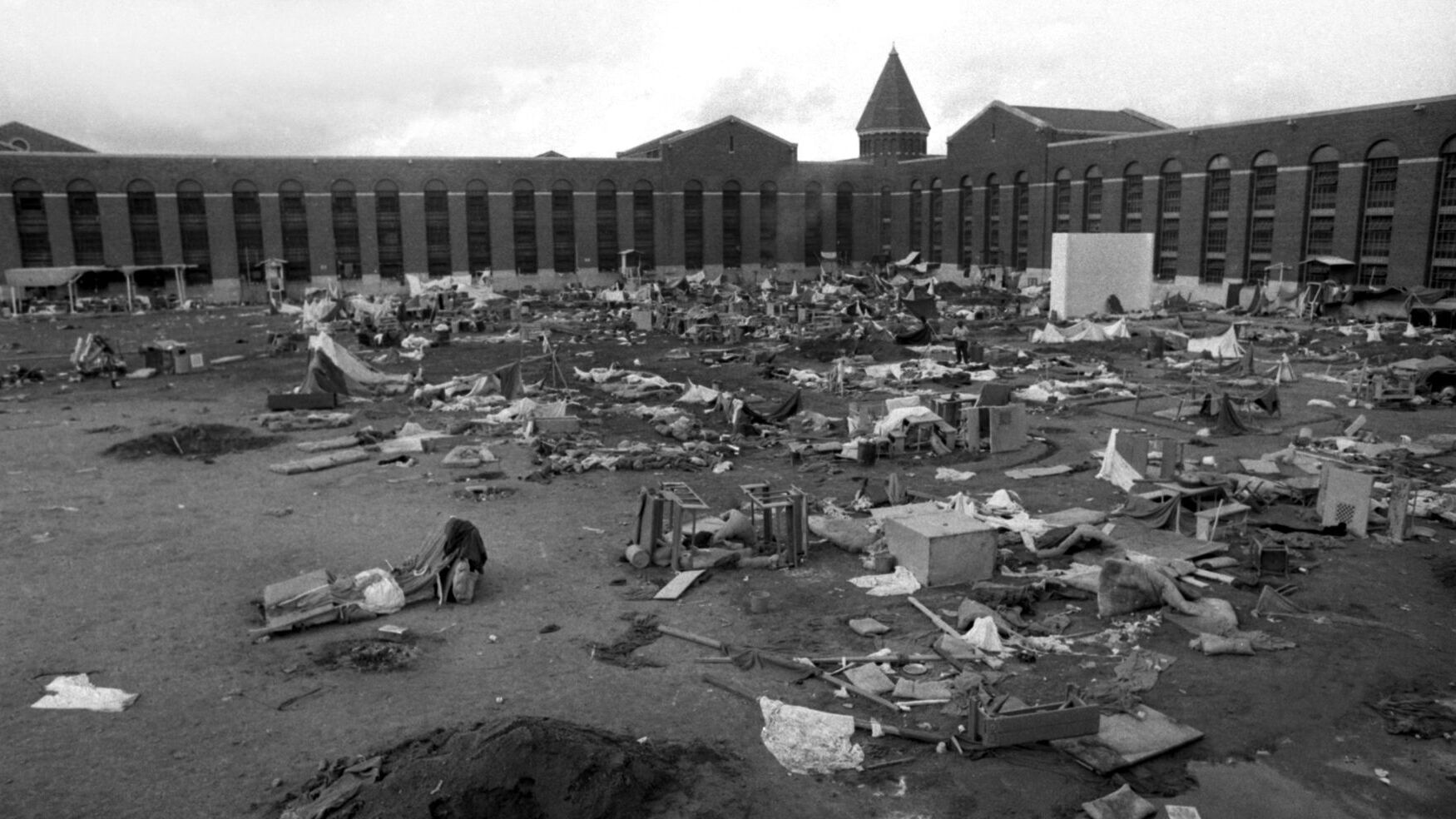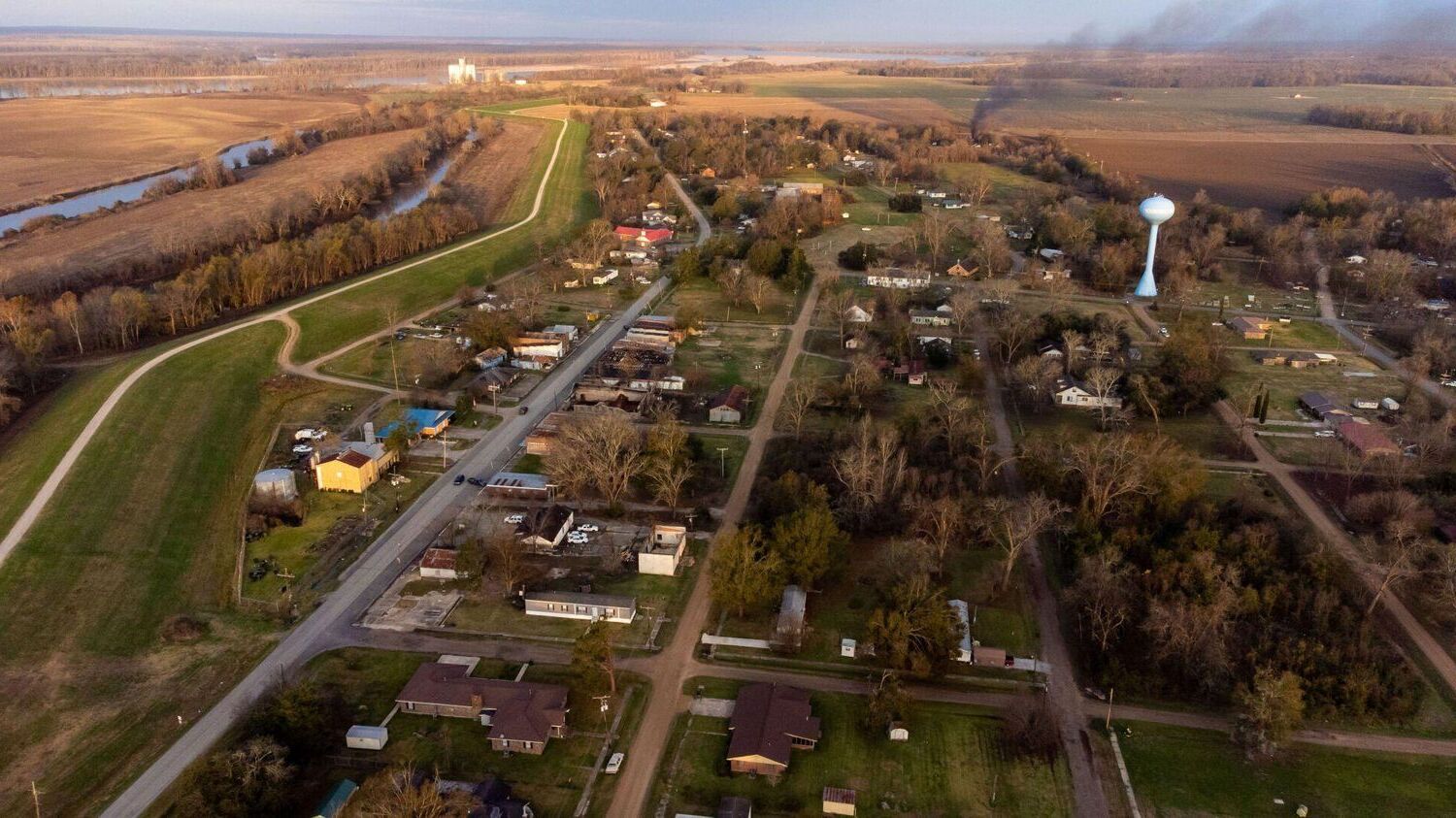
What happened during the Attica Prison Riot? The Attica Prison Riot of 1971 was one of the most significant prison uprisings in U.S. history. Inmates at the Attica Correctional Facility in New York took control of the prison, demanding better living conditions and political rights. Over four days, negotiations between prisoners and officials were tense and complex. The standoff ended violently when state troopers stormed the facility, resulting in the deaths of 43 people, including both inmates and hostages. This tragic event highlighted the dire conditions within the U.S. prison system and sparked widespread calls for reform.
Key Takeaways:
- The Attica Prison Riot of 1971 highlighted the urgent need for prison reform due to inhumane living conditions and racial tensions, leading to significant legal battles and nationwide reforms.
- The violent end of the riot left a lasting impact, sparking cultural references and inspiring advocacy for prison reform, emphasizing the human cost and the ongoing need for vigilance and change in the prison system.
The Beginning of the Attica Prison Riot
The Attica Prison Riot remains one of the most significant events in American prison history. It highlighted the dire conditions inmates faced and the urgent need for prison reform.
- The riot began on September 9, 1971, at the Attica Correctional Facility in New York.
- Approximately 1,281 of the 2,200 inmates took control of the prison.
- The uprising was sparked by the death of George Jackson, a prominent Black Panther member, in San Quentin Prison.
- Inmates were protesting against inhumane living conditions, including overcrowding and lack of medical care.
- The riot lasted for four days, ending on September 13, 1971.
Key Players and Negotiations
Understanding the main figures and the negotiation process provides insight into the complexity of the situation.
- Frank "Big Black" Smith emerged as a key inmate leader during the riot.
- The inmates formed a committee to negotiate with prison officials and outside observers.
- Observers included civil rights lawyer William Kunstler and New York Times columnist Tom Wicker.
- Inmates presented a list of 27 demands, including better medical care, fair visitation rights, and improved food quality.
- Governor Nelson Rockefeller refused to visit the prison during the negotiations.
The Violent Climax
The riot's violent end left a lasting impact on the prison system and the families involved.
- On September 13, 1971, state troopers and correctional officers stormed the prison.
- The assault resulted in the deaths of 29 inmates and 10 hostages.
- Over 80 inmates were seriously injured during the retaking of the prison.
- The majority of the hostages were killed by law enforcement gunfire, not by inmates.
- The use of excessive force during the assault was widely criticized.
Aftermath and Legal Consequences
The aftermath of the riot led to numerous legal battles and significant changes in the prison system.
- Inmates filed a class-action lawsuit against the state of New York, known as the Attica Brothers lawsuit.
- The lawsuit resulted in a $12 million settlement in 2000, distributed among the surviving inmates and families of the deceased.
- The state of New York also paid $8 million to the families of the slain hostages.
- The riot prompted nationwide prison reforms, including improved living conditions and increased oversight.
- The event led to the establishment of the Correctional Association of New York, which monitors prison conditions.
Cultural Impact and Legacy
The Attica Prison Riot has been referenced in various forms of media and continues to influence discussions on prison reform.
- The phrase "Attica! Attica!" became famous after being used by Al Pacino's character in the 1975 film "Dog Day Afternoon."
- The riot was the subject of the 1974 documentary "Attica," which was nominated for an Academy Award.
- The 2011 HBO documentary "Sing Your Song" features Harry Belafonte discussing his involvement in the aftermath of the riot.
- The event inspired numerous books, including "Blood in the Water" by Heather Ann Thompson, which won the Pulitzer Prize.
- The riot is often cited in discussions about the need for criminal justice reform and the treatment of prisoners.
Personal Stories and Human Impact
The personal stories of those involved in the Attica Prison Riot highlight the human cost of the event.
- Hostage Michael Smith, a corrections officer, survived the riot but was left permanently disabled.
- Inmate Richard X. Clark became a prominent advocate for prison reform after the riot.
- Many inmates who participated in the riot faced retaliation and harsh treatment in the years following the event.
- The families of the deceased hostages and inmates continue to seek justice and recognition for their loved ones.
- The riot had a profound impact on the mental health of both inmates and correctional officers involved.
Broader Implications and Lessons Learned
The Attica Prison Riot serves as a stark reminder of the need for ongoing vigilance and reform in the prison system.
- The riot highlighted the racial tensions within the prison, as the majority of inmates were Black or Latino, while most correctional officers were white.
- It underscored the importance of addressing inmates' grievances to prevent future uprisings.
- The event demonstrated the need for better training and oversight of correctional officers.
- It led to increased public awareness and scrutiny of prison conditions across the United States.
- The Attica Prison Riot remains a symbol of resistance and the fight for human rights within the prison system.
Final Thoughts on the Attica Prison Riot
The Attica Prison Riot remains one of the most significant events in American history. It highlighted the dire conditions inmates faced and the urgent need for prison reform. The riot, which began on September 9, 1971, resulted in 43 deaths, including both inmates and correctional officers. The demands made by the prisoners, such as better living conditions and political rights, echoed the broader civil rights movements of the time.
The aftermath led to some reforms, but many issues persist in the prison system today. Understanding the Attica Riot helps us grasp the complexities of prison life and the ongoing struggle for justice and human rights. It serves as a stark reminder of the consequences of neglecting the voices of the incarcerated. Reflecting on this event encourages us to advocate for a more humane and just penal system.
Frequently Asked Questions
Was this page helpful?
Our commitment to delivering trustworthy and engaging content is at the heart of what we do. Each fact on our site is contributed by real users like you, bringing a wealth of diverse insights and information. To ensure the highest standards of accuracy and reliability, our dedicated editors meticulously review each submission. This process guarantees that the facts we share are not only fascinating but also credible. Trust in our commitment to quality and authenticity as you explore and learn with us.


